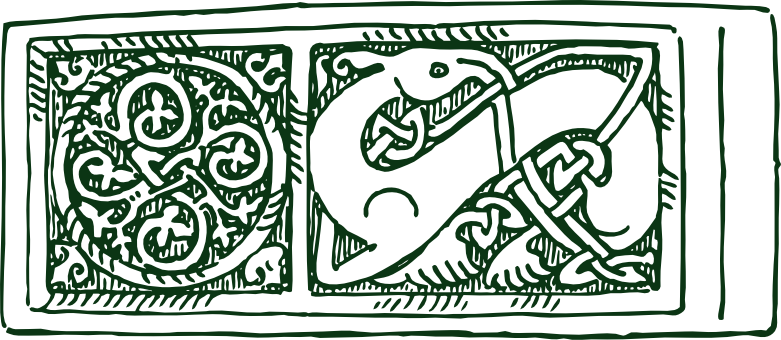Christoph Otte
The Place-Names of the Parish of Lochmaben — Reconstructing the Settlement Landscape of Early Medieval Dumfriesshire, c. AD 600–1000
Place-names/Toponomy, Early Mediaeval, Demography, Parish History
TDGNHAS Series III, 90 (2016), 17(2.1 MB)
Abstract
In this case-study of the parish of Lochmaben (Dumfriesshire), the author follows a twofold approach: first, the early medieval (c. AD 600–1000) settlement pattern within the parish boundaries is identified through the use of place-name evidence. The analysis includes eighteen place-names which are ascribed with a rough chronology based on their etymology and comparative place-name types. In cases of uncertainty, archaeological evidence is added, where possible, to aid the dating process. Seven place-names have been found to point to early medieval settlement activity, and another four are considered possible indicators of human occupation in the study period. As a second part of the study, place-name analysis is used to determine the potential age of the parish boundaries. Based on a detailed study of þveit type place-names, the parish boundaries are roughly dated to the period before AD 1000, and may go back to British or Anglian territorial or estate units. It is argued that the parish boundaries, as they are seen on nineteenth-century maps, only received their ecclesiastical function during the twelfth century, when David I of Scots and his successors implemented a structured parochial system. In the course of the casestudy, a particular focus has been placed on locating the now lost settlement of ‘Ouseby’. The suggestion is made that this settlement became deserted in the fourteenth century, and was re-settled under the name of either Greenhill or Heck, both of which survive to the present day.
